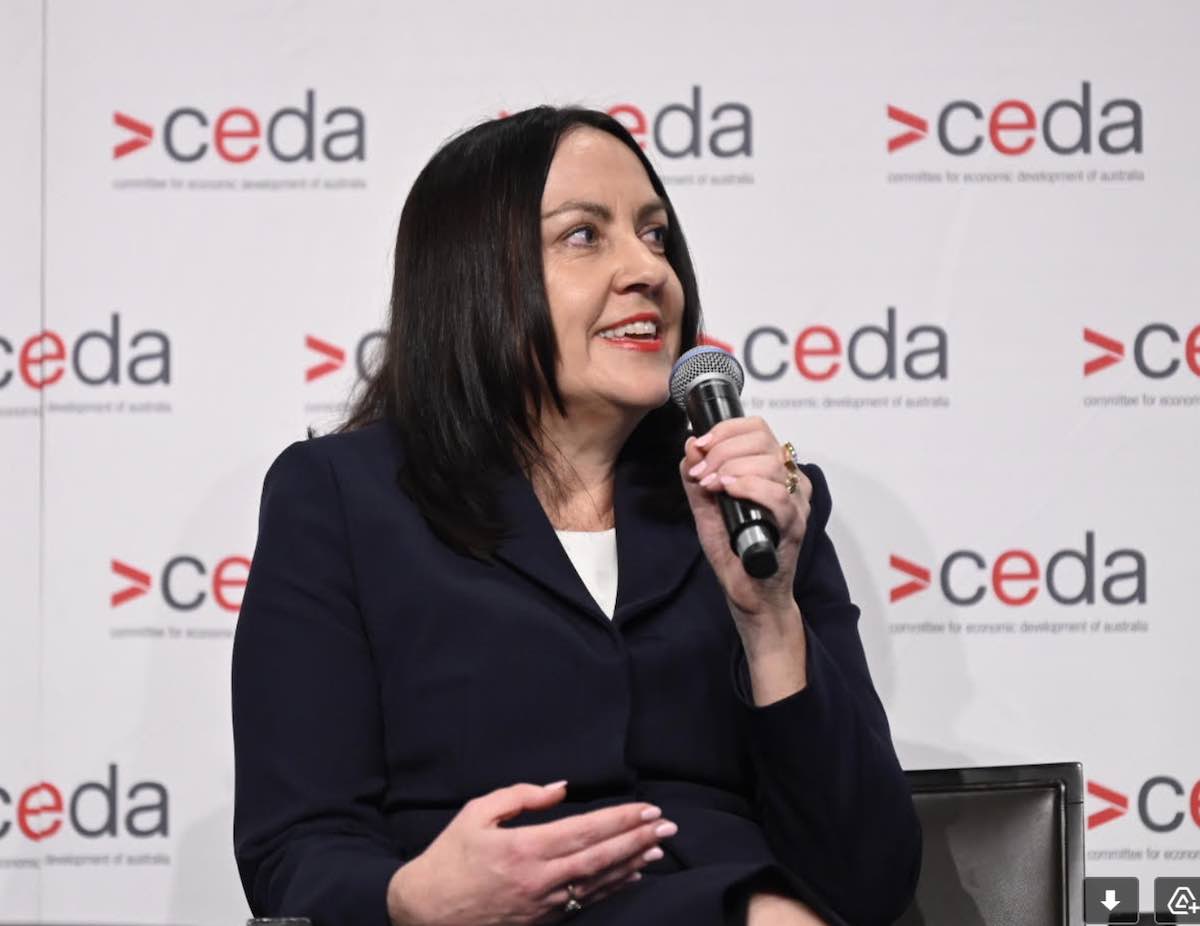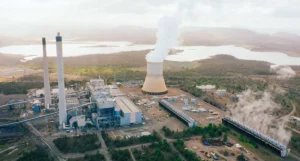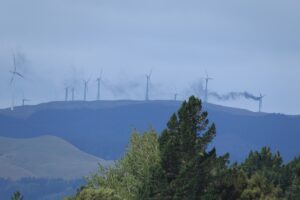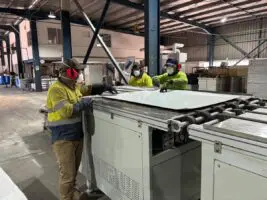The likely new CEO of Australia’s largest greenhouse gas emitter, AGL Energy, has described one-third of the gen-tailer’s electricity and gas customers as “strong green” in their environmental outlook, and says most of them are “just getting on with” the shift to renewables.
The assessment by Christine Corbett, who is currently chief customer officer at AGL but is also the leading candidate to take the helm of when half of the utility following the resignation of Brett Redman in April, may help explain why the company is proposing a dramatic split in its business.
In response to a question at a CEDA luncheon in Melbourne on Wednesday about what policies were needed in Australia, Corbett said:
“I think if you look for a more mass market perspective, there is a huge interest in environmental issues… And you know, of our customer base, one-third we would say are strong green.”
The luncheon, the main event of which was the first public address from the new boss of the Australian Energy Market Operator, Daniel Westerman, also featured a panel discussion with Westerman, Corbett, and Siemens ANZ chief Jeff Connolly, chaired by Nous Group’s Richard Bolt.

Corbett, subject to a shareholder vote, looks set to lead AGL into its new life as a company of two halves – with fossil fuelled power stations carved off into a separate business while she leads the remaining energy retail business and renewable energy generation portfolio.
A Saturday Paper report over the weekend appeared to confirm AGL’s emergency demerger had become inevitable after years of active Coalition government interference and antagonism, first sparked by former CEO Andy Vesey’s decision to close one of Australia’s oldest coal-fired power stations – the 1,680MW Liddell plant in NSW.
After resigning abruptly in August 2018, Vesey was replaced at AGL by Redman, who continued with the company’s plans to close the Liddell power station, but agreed to delay the complete closure by 12 months.
Redman then put together the plan to split AGL’s business in two – after recognising the company had failed to respond to the accelerating pace of change in the energy market – before unexpectedly announcing his own resignation from the role.
The company has said that pace of change is now occurring faster than it had anticipated – with the company now stuck with a number of increasingly unprofitable fossil fuel assets. A situation that is at least in part the result of federal government interference.
What plans Corbett might have for AGL remain to be seen, but the executive was asked at the CEDA luncheon about her views on the current energy policy landscape, and how she would like to see it evolve.
“I think you start, and you should always start, policy considerations with the customer,” Corbett said in response to the question. “And I think the customers are getting on with it.
“If you look at what’s happening in corporate Australia and, indeed, many people in this room are setting their own emission reduction targets and actually working through, themselves, what do they want to do with regard to renewable energy – and they are accelerating that demand and causing change to happen.
Corbett said that ideal energy policy environment, “the nirvana,” was alignment – possibly meaning an agreement on the fundamentals between state and federal governments and across party lines.
“In the absence of alignment,” she added, AGL was working with “various levels of government” to navigate the energy transition and to make sure it worked for the consumer.
“There needs to be more support for batteries and storage. You know… those sorts of things will really stimulate demand, and I think that’s really important,” Corbett said.







